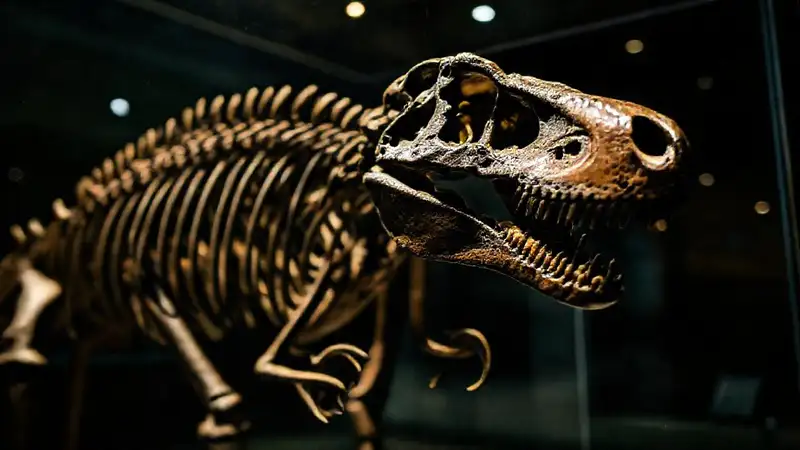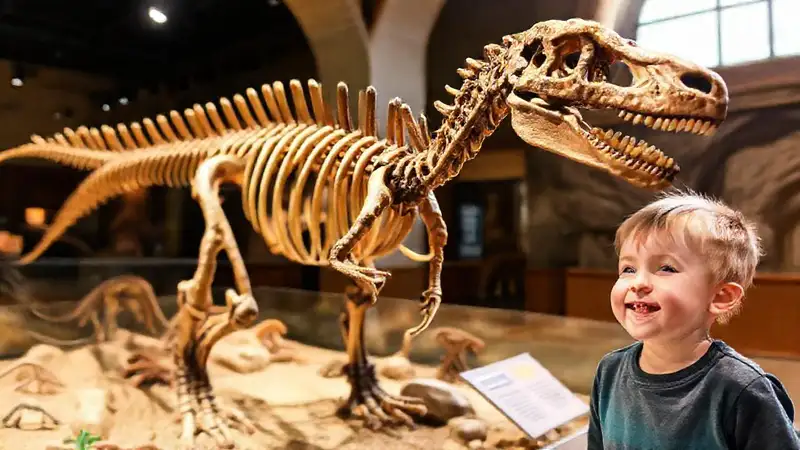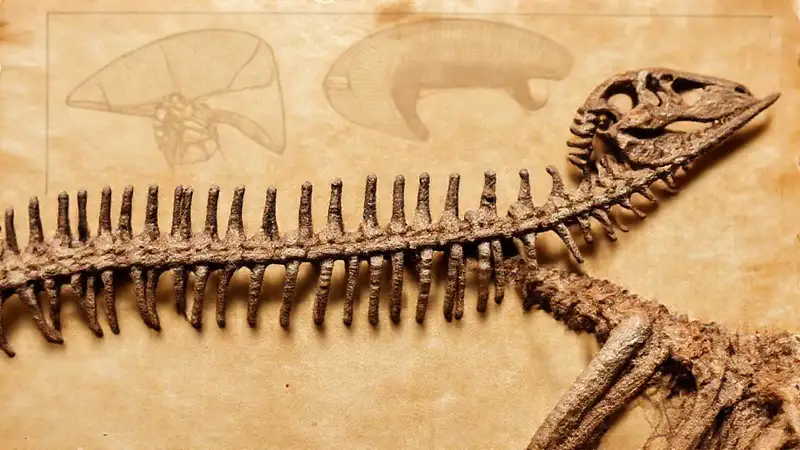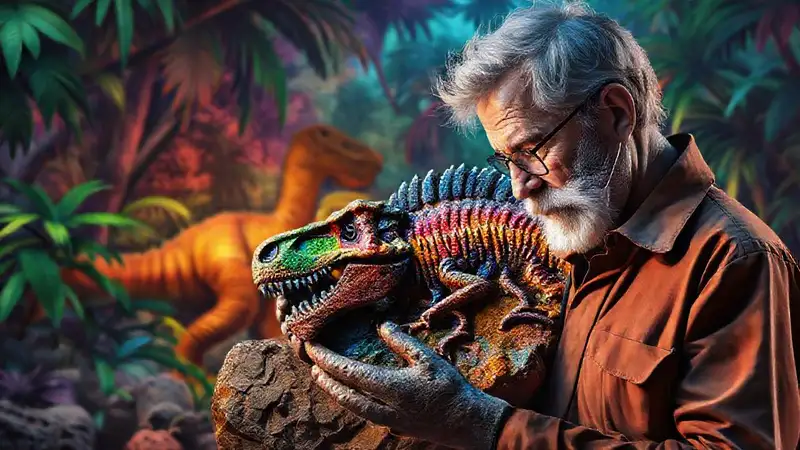The fascination with dinosaurs has captivated humanity for centuries, evolving from ancient cave paintings to modern Hollywood blockbusters. Alongside fossil discoveries and scientific research, dinosaur art has played a crucial role in shaping our understanding and appreciation of these extinct creatures. However, a persistent and increasingly sophisticated question arises: can we truly depict how dinosaurs looked? Early reconstructions relied heavily on contemporary reptiles and birds, resulting in a predominantly monochromatic, often drab, palette. Now, advancements in paleontology, combined with sophisticated artistic techniques, are pushing the boundaries of what’s possible, but the debate about accurate coloration continues.
The challenge lies in the fact that color vision in dinosaurs is still largely speculation. While we know that many Mesozoic reptiles possessed color-producing pigments, the exact range and sensitivity of their eyes remain unclear. This uncertainty, coupled with the limitations of reconstructing ancient environments, creates a complex landscape for artists and scientists alike, demanding a careful balance of observation, inference, and creative license. Ultimately, dinosaur art is a fascinating intersection of science and imagination – a process of translating the unknown into a compelling visual narrative.
The Historical Shift in Dinosaur Coloration
For decades, dinosaur art adhered to a remarkably consistent and rather bleak aesthetic. Think Jurassic Park – predominantly greens, browns, and tans. Early reconstructions were almost exclusively based on the coloration of modern birds and lizards, assuming a relatively simple and similar visual system. The prevailing theory was that dinosaurs, particularly large herbivores, were likely muted, providing effective camouflage in their wooded habitats. This limited palette reinforced a stereotypical image of dinosaurs as slow, lumbering, and predominantly earthy.
As paleontological research advanced, particularly in the 1990s and 2000s, with the discovery of exquisitely preserved skin impressions and fossilized melanosomes (pigment-containing structures), the narrative began to shift. These discoveries revealed that many dinosaurs possessed surprisingly vibrant colors. Specifically, the identification of melanosomes indicated the presence of reds, oranges, yellows, and even blues in various species, dramatically altering our perceptions of these ancient giants. This new evidence challenged the previously held assumptions about dinosaur coloration, leading to a more nuanced and imaginative approach to art.
Paleontological Evidence: Unveiling Dinosaur Colors
The discovery of melanosomes – tiny pigment-bearing structures – preserved within fossilized feathers and skin has revolutionized our understanding of dinosaur coloration. These microscopic clues provide direct evidence of pigments – erythrin for reds and yellows, protoporphyrin for reds and oranges, and melanine for blacks and browns – and their distribution. Researchers can now analyze these melanosomes to determine the patterns and intensity of coloration in specific dinosaur species. It's important to note that these melanosomes primarily indicate what colors were present, not necessarily how they were perceived.
Furthermore, isotopic analysis of dinosaur bones can provide insights into their diets. This, in turn, can inform scientists about the pigments they likely consumed, influencing their coloration. For example, carotenoids, responsible for red and orange hues, are often found in fruits and vegetables, suggesting that some dinosaurs may have obtained these pigments through their diet. The accumulation of this detailed data, derived from multiple scientific disciplines, is steadily refining our knowledge of dinosaur appearance beyond the simple monochrome representations of the past.
Artistic Techniques: Bridging the Gap

Contemporary dinosaur artists now employ a range of techniques to incorporate these new scientific insights into their work. Digital painting and 3D modeling are increasingly used, allowing artists to create remarkably realistic depictions incorporating scientifically determined color palettes and patterns. However, artistic license remains crucial, particularly when dealing with incomplete fossil evidence or extrapolating coloration across evolutionary lineages. Artists often use subtle shading and layering to suggest complexity and variation, acknowledging the uncertainty inherent in the process.
Another important aspect is the use of “proto-coloration,” which refers to the suggestion of color without explicitly painting it. Subtle variations in texture, reflectivity, and ambient lighting can create the impression of color, evoking a sense of the dinosaur's natural appearance without definitively stating what it looked like. This approach acknowledges the limitations of providing a precise, scientifically verifiable color scheme, while still enhancing the visual impact of the artwork.
The Role of Context and Environment
Simply determining what colors a dinosaur had isn’t enough; it’s crucial to consider the environment in which it lived. The coloration of a dinosaur would have evolved in response to its surroundings, playing a role in camouflage, communication, or even mate selection. A brightly colored dinosaur living in a dense forest would have likely been a more effective camouflage in dappled sunlight than a dull brown one. Similarly, the color patterns might have served as signals for territorial displays or courtship rituals.
Considering the ecological context helps artists create more convincing and informative representations. Research on the vegetation of the Mesozoic period is essential, as it informs the likely range of colors available to dinosaurs. Furthermore, understanding the dinosaur's behavior – whether it was a solitary wanderer or a social herd animal – can influence the artist’s interpretation of its coloration and patterns. A more nuanced approach considers how appearance and environment intertwined to shape the dinosaur’s visual identity.
Conclusion
Dinosaur art has undergone a dramatic transformation in recent decades, moving beyond simplistic monochrome depictions to increasingly sophisticated and scientifically informed representations. While the precise colors of many dinosaurs remain uncertain, the wealth of paleontological evidence – from melanosomes to isotopic analysis – is providing invaluable insights into their appearance. The challenge for artists is to translate this knowledge into compelling and accurate visual narratives, balancing scientific data with creative license and artistic intuition.
Ultimately, dinosaur art serves not just as a depiction of the past, but as a tool for exploration and discovery. It allows us to imagine these extinct creatures in a new light, prompting us to reconsider our understanding of evolution, ecology, and the fascinating history of life on Earth – a captivating exercise in translating the enigmatic into a beautiful and evocative artistic representation.
 What makes a Velociraptor collectible truly special
What makes a Velociraptor collectible truly special Are there any new Brachiosaurus toys with accurate details
Are there any new Brachiosaurus toys with accurate details Did dinosaurs develop specialized feeding strategies around volcanoes
Did dinosaurs develop specialized feeding strategies around volcanoes How accurate are reconstructions of Kentrosaurus spines
How accurate are reconstructions of Kentrosaurus spines Do fossilized skin cells retain DNA traces
Do fossilized skin cells retain DNA traces Did dinosaurs exhibit physiological responses to cold
Did dinosaurs exhibit physiological responses to cold
Deja una respuesta